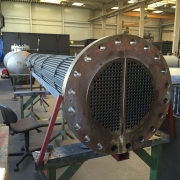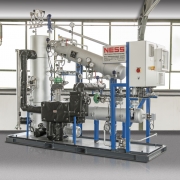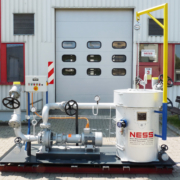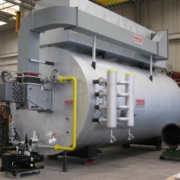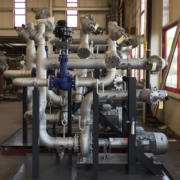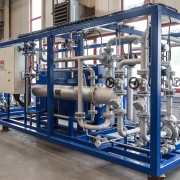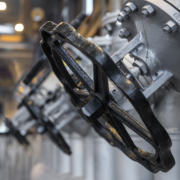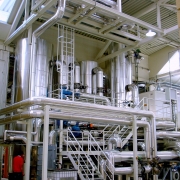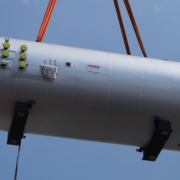Contact
NESS Wärmetechnik GmbH
Remsstrasse 24
73630 Remshalden - Germany
Tel. +49 (7181) 9675 0
Fax +49 (7181) 42612
News
 Emission reduction at thermal oil plants7. April 2025 - 9:00
Emission reduction at thermal oil plants7. April 2025 - 9:00 EGGER Unterradlberg – From gas-fired heaters to biomass21. November 2024 - 10:44
EGGER Unterradlberg – From gas-fired heaters to biomass21. November 2024 - 10:44 Olaf Bernhard on heating/cooling systems and projects in Turkey7. November 2024 - 15:02
Olaf Bernhard on heating/cooling systems and projects in Turkey7. November 2024 - 15:02 Thomas Krauss on manufacturing at NESS7. November 2024 - 14:58
Thomas Krauss on manufacturing at NESS7. November 2024 - 14:58

